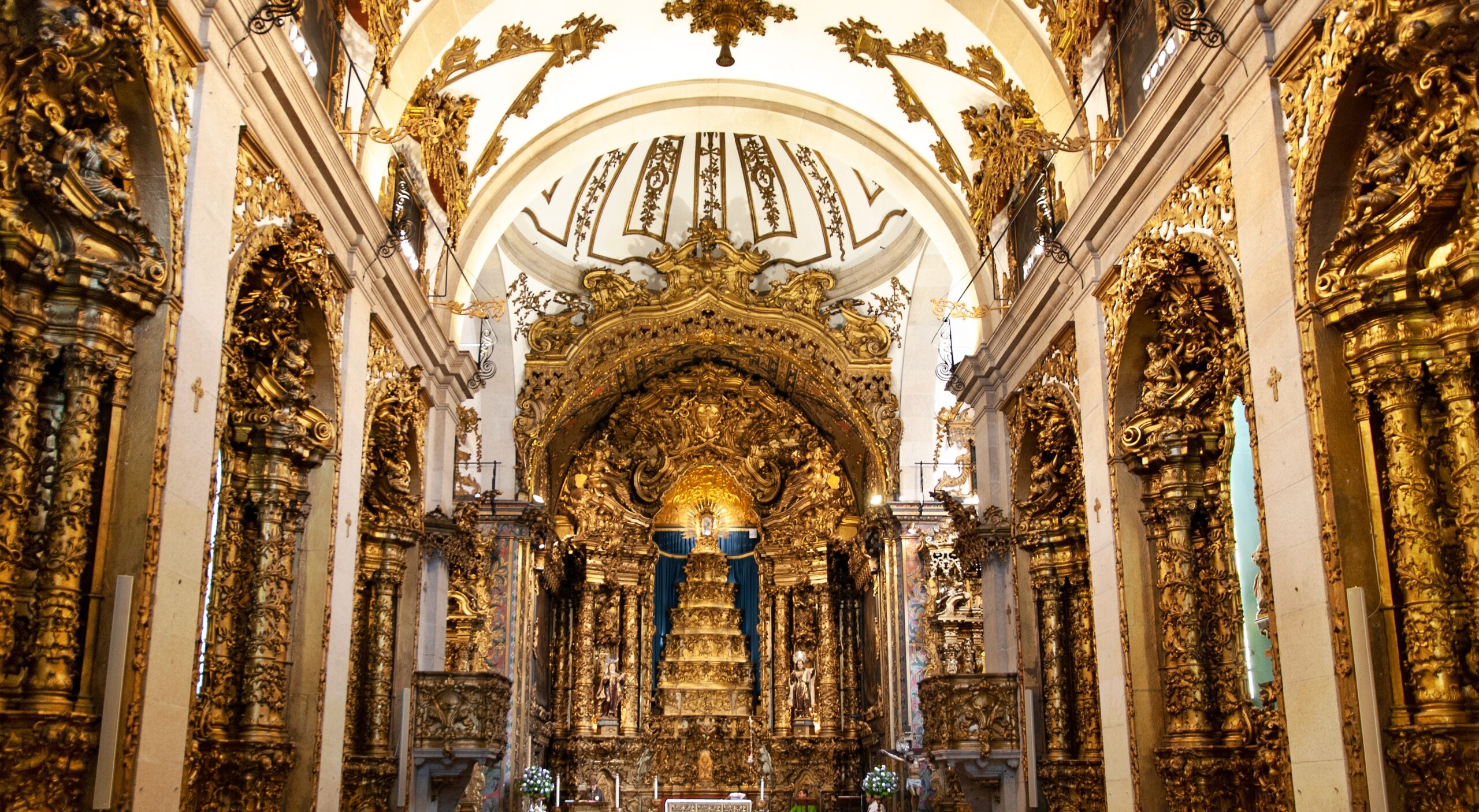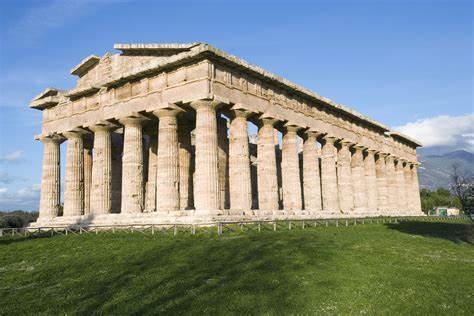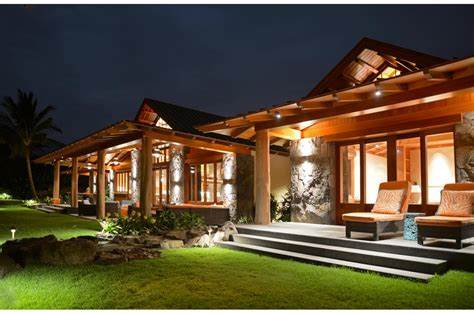Baroque architecture is a style that originated in the 17th century and had a significant impact on design across Europe. In this section, we will take a visual tour of some of the most stunning baroque architecture examples found throughout Europe. From the intricately designed facades of Spanish baroque to the opulence of French baroque, we’ll explore the key design characteristics that defined this period of architectural history. Join us as we dive into the world of 17th-century design and uncover the beauty of baroque architecture.
Contents
French Baroque Architecture: Extravagance and Elegance
In the 17th century, French baroque architecture emerged as an ornate and extravagant style, characterized by grandeur and opulence. Prominent examples of this style can be seen in the Palace of Versailles and the Church of Saint-Sulpice in Paris.
French baroque architecture is known for its elaborate decoration, featuring ornate facades adorned with sculptures and intricate detailing. The use of light and shadow was also emphasized to create dramatic effects that added to the striking appearance of the buildings.
The Palace of Versailles, with its grandiose design and impeccable execution, is considered the epitome of french baroque architecture. Its opulent interiors, represented by the famous Hall of Mirrors, exhibit the pinnacle of decoration and French craftsmanship of the time.
The Church of Saint-Sulpice in Paris, on the other hand, boasts a more classical form while still embracing the extravagance of the French baroque style. Its prominent features include the ornate entrance, chapels with elaborate decorations, and an imposing facade adorned with sculptures.
The elegance and sophistication of French baroque architecture influenced other European architectural styles, especially in Germany and Austria, where it was often combined with local traditions to create unique and striking structures.
Spanish Baroque Architecture: Dramatic and Dynamic
Spanish baroque architecture is known for its dramatic and dynamic style, characterized by ornate facades and intricate detailing. This style emerged in the 17th century and had a significant influence on European architecture.
The Royal Palace of Madrid is one of the most famous examples of spanish baroque architecture. Its grandeur is evident in its massive size, ornate decoration, and the use of bold colors. The Palace’s Salon de Espejos, or Mirror Hall, is a stunning example of this style, with its ornate ceiling, chandeliers, and abundant use of mirrors.
Another iconic Spanish baroque structure is the Cathedral of Santiago de Compostela. This cathedral’s facade features intricate carvings and sculptures, showcasing the Baroque style’s ornamental characteristics. The interior of the cathedral, meanwhile, features a more restrained baroque style, emphasizing the use of light and shading to create dramatic effects.
The Distinctive Features of Spanish Baroque Architecture
Spanish baroque architecture is famous for its ornate decorations, which, in contrast to the more restrained Renaissance style, were lavish and flamboyant. Asymmetrical facades, broken pediments, and twisted columns are some of the most distinctive features of Spanish baroque architecture. The style emphasized the use of light and shade to create a dramatic effect, and buildings were often decorated with intricate carvings and sculptures.
Overall, Spanish baroque architecture is a prime illustration of the elegance and opulence of 17th-century design, which had a considerable impact on European architecture as a whole.
Baroque Architecture vs Renaissance Contrasting Styles
Baroque architecture vs renaissance are two of the most prominent architectural styles in history. While both styles originated in Europe, they have distinct characteristics that set them apart from each other.
The Renaissance style emerged in the 14th century and was characterized by a return to classical forms and a focus on symmetry, proportion, and simplicity. In contrast, baroque architecture emerged in the 17th century and was characterized by a more ornate and elaborate aesthetic.
One of the key differences between the two styles is the use of ornamentation. Renaissance architecture uses restrained ornamentation, such as columns, arches, and pediments, to create a sense of harmony and balance. In contrast, baroque architecture uses much more decoration, including intricate carvings, sculptures, and frescoes, to create a dramatic and dynamic effect.
Another key difference is the use of light and space. Renaissance architecture emphasizes the importance of light and space, using techniques such as perspective to create the illusion of depth and volume. Baroque architecture, on the other hand, uses light and space to create dramatic effects, such as the illusion of movement or a sense of grandeur.
Finally, the two styles differ in their overall philosophy. Renaissance architecture is rooted in humanism, with a focus on the individual and the rational. Baroque architecture, on the other hand, is more emotional and theatrical, with an emphasis on spectacle and drama.
In conclusion, while both Renaissance and baroque architecture share some similarities, they are distinct styles with their own unique characteristics. Understanding the differences between these two styles is essential for appreciating the evolution of European architecture over the centuries.



